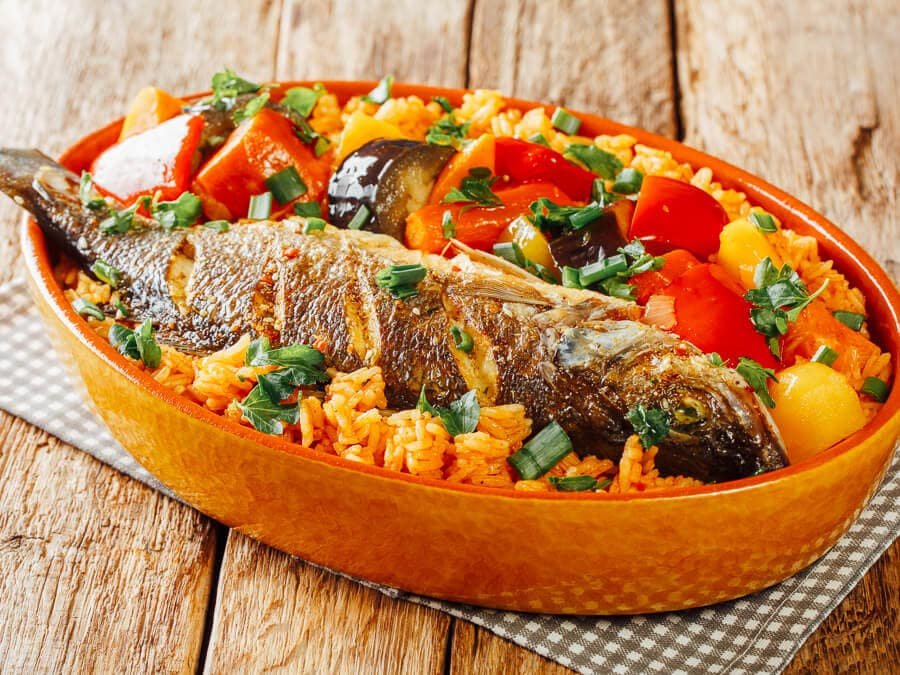
How Is Cuisine Different in Different Cultures: A Culinary Journey Around the World
Embarking on a culinary journey around the world, we explore the vast differences in cuisines across various cultures. From the fiery spices of Indian dishes to the fresh sushi in Japan, each culture has its unique flavors and cooking techniques that set them apart. Let’s dive into the distinctive characteristics of global cuisines and understand their cultural significance.

Cultural Influences on Food
Cuisines are shaped by local ingredients, climate, and historical events. For instance, the Mediterranean diet, rich in olive oil and fresh vegetables, reflects a region with abundant produce and a long history of trade.
Cooking Techniques and Methods
Different cultures have developed unique cooking techniques. While the Chinese use woks for stir-frying, the French are known for their sauces and slow-cooked dishes, showcasing the diversity in culinary methods.
Flavor Profiles and Spices
Spices play a significant role in defining a cuisine’s flavor profile. Indian cuisine, for example, is known for its bold use of spices like cumin and turmeric, which are integral to its taste.
Diet and Health Considerations
Cultural diets often reflect health considerations. For example, the Japanese diet, with its emphasis on seafood and minimally processed foods, is linked to lower rates of heart disease, as reported by the World Health Organization.
Festivals and Special Occasions
Cuisines also vary during festivals and special occasions. In Mexico, traditional dishes like tamales are central to Christmas celebrations, reflecting the cultural importance of food in communal events.
When exploring new cuisines, it’s essential to approach them with an open mind. Trying local dishes not only provides a taste of the culture but also broadens your culinary horizons. For example, a study by the Journal of Travel Research found that 74% of travelers seek out local food experiences when visiting a new country. This highlights the importance of cuisine in cultural understanding and exchange.
In conclusion, the differences in cuisine across cultures are as diverse as the people themselves. Understanding these variations not only enriches our dining experiences but also deepens our appreciation for the world’s diverse culinary traditions.










